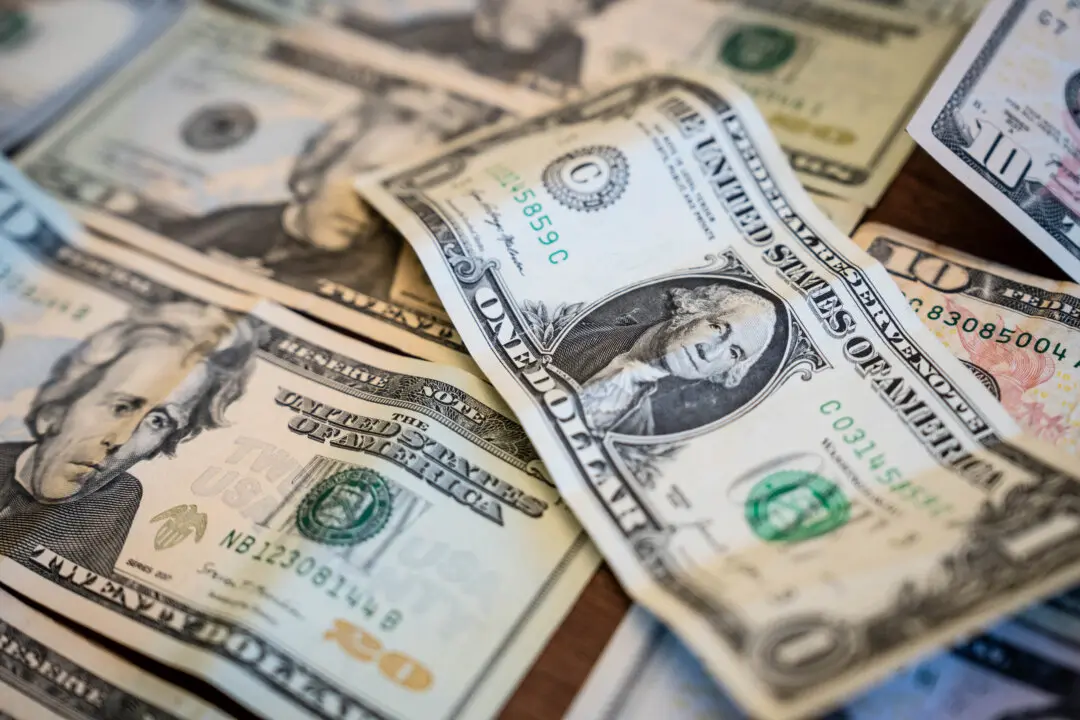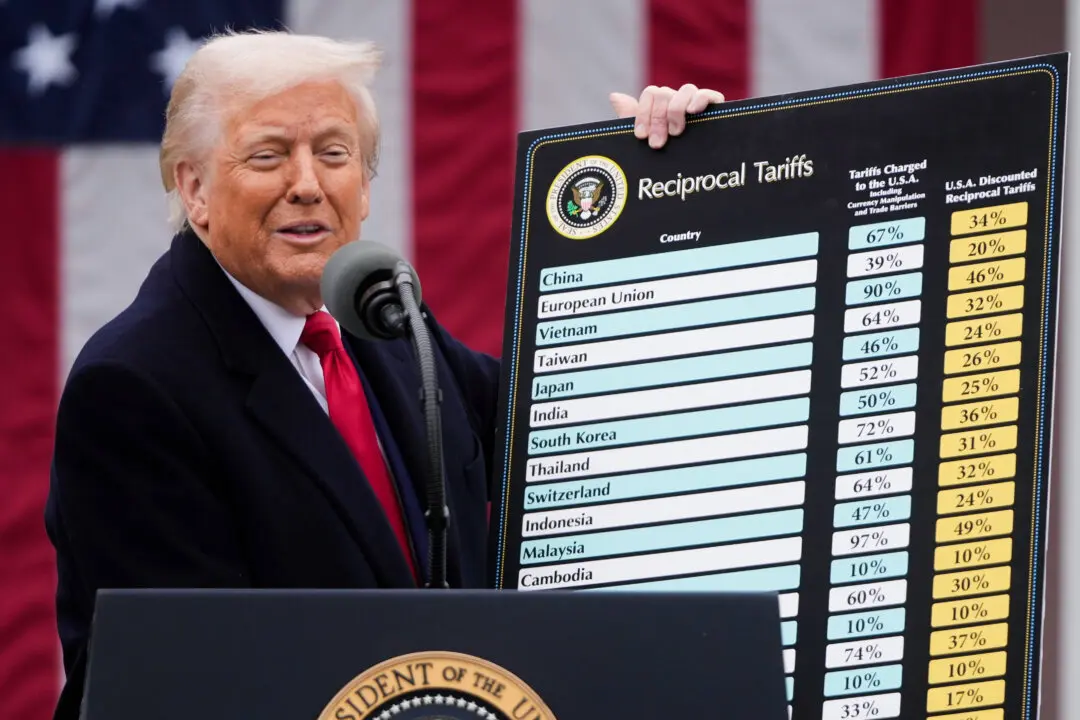The U.S. economy slowed in the first three months of 2024 as the Federal Reserve’s lagged effect of high interest rates appears to be filtering throughout the economic landscape.
According to the Bureau of Economic Analysis’s second estimate, the real gross domestic product (GDP) growth rate in the first quarter was 1.3 percent. This is down from the federal agency’s advance estimate of 1.6 percent and in line with market estimates.





